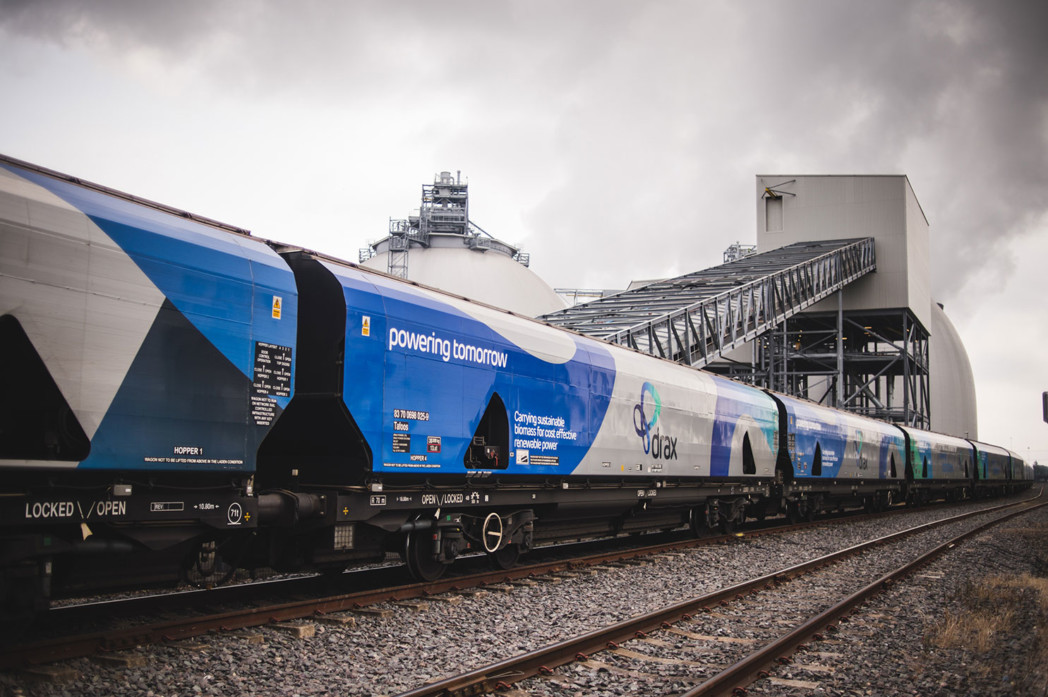
Four years after beginning work on one of its largest ever contracts – the Immingham Rail Freight Terminal (IRFT) – HBPW has been invited to the opposite end of the rail tracks to give Drax Power Station a 21st century engineering makeover.
In September 2013 Associated British Ports (ABP) invited HBPW to undertake the civil engineering design of its multi-million pounds IRFT. The aim was to create a storage facility for wood pellets, imported from around the world, ahead of their onward transmission to UK power stations via rail, principally Drax Power Station near Selby in North Yorkshire.
Now that everything is running smoothly Drax has called on HBPW directly to help them out with another challenge, a decade on from when the firm first visited the North Yorkshire site.
Managing Partner, Paul Withers, takes up the story: “Ten years ago wood pellet rail transfer infrastructure and storage facilities needed installing and we were called on to support Drax with the necessary engineering design.
“However, a decade on the site has had to change massively now that Drax is playing a vital role in helping change the way energy is generated, supplied and used in the UK, particularly as the country moves towards a low carbon future.
“The facility is responsible for generating 7% of the UK’s electricity and, with the huge shift towards biomass, they required the installation of new dust handing facilities, something we were asked to engage with, from an engineering perspective, by mechanical contractors Philford.”
It is critical that pellets remain dry with the consequent result that dust becomes a major problem.
“The IRFT has four 25,000 tonne biomass silos and when you consider what is required to keep Drax operating from a ‘fuel’ point of view, it goes without saying that dust is more than an inconvenience, it is a critical hazard.
“We were delighted that Drax approached us directly and good to know that we were working in an area of the business where we already had on-site engineering credentials.”
Drax is now predominantly biomass-fuelled with 70% of the electricity it produces – enough to power Leeds, Manchester, Sheffield and Liverpool – made using compressed wood pellets rather than coal.
